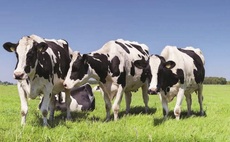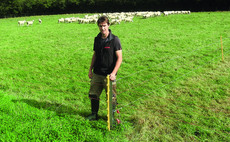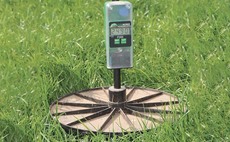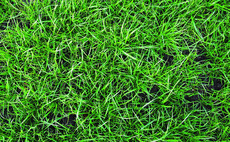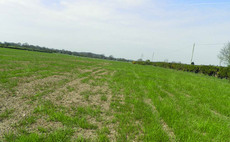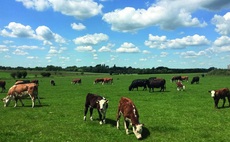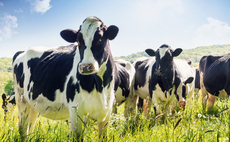Grassland
Livestock
Plans to increase milk production by about 1,000 litres a cow through more effective utilisation of grazing are underway at Rhual Dairy, Flintshire. Hannah Noble reports.
Livestock
In virtually all grazing systems, cows will be exposed to production-limiting parasites. The presence of parasites does not always result in clinical disease, but the impact of parasite burdens on herd and individual animal performance can still be substantial.
Livestock
For Ian Horsely, what happens below ground on his 56-hectare (140-acre) unit near Bromyard, Worcestershire, is key to his farming future, and utterly dependent on the way he farms.
Livestock
Livestock farmers are being challenged to obtain one tonne more of utilised dry matter from grass this year, as latest figures highlight improved pasture in Great Britain could be under- performing by about 4tonne DM/ha (1.6t
Livestock
Extreme winter weather has left a legacy of catch up jobs, and managing existing grassland and assessing which fields need to be reseeded is among them.
Livestock
As field conditions begin to improve, farmers will be considering their options for restoring soil health and boosting forage stocks.
Livestock
One-to-one mentoring with grazing experts has helped Duncan and Sarah Howie in the transition from all-year-round to block calving, with milk from forage now improved. Hannah Noble reports.
Livestock
It is vital cattle producers have a plan to minimise, manage and treat parasitic infections before they reduce productivity and business profitability, according to Boehringer Ingelheim.
Arable
Maximise energy in your grass and ‘lock-in’ as much as possible when you turn it into silage. New research points the way.
Arable
The Government has committed extra research and development spending, while farmers are being urged to explore the tax benefits of bringing more innovation to their businesses.
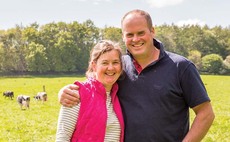
 09 April 2020
•
3 min read
09 April 2020
•
3 min read
